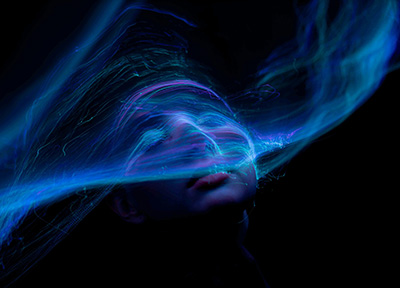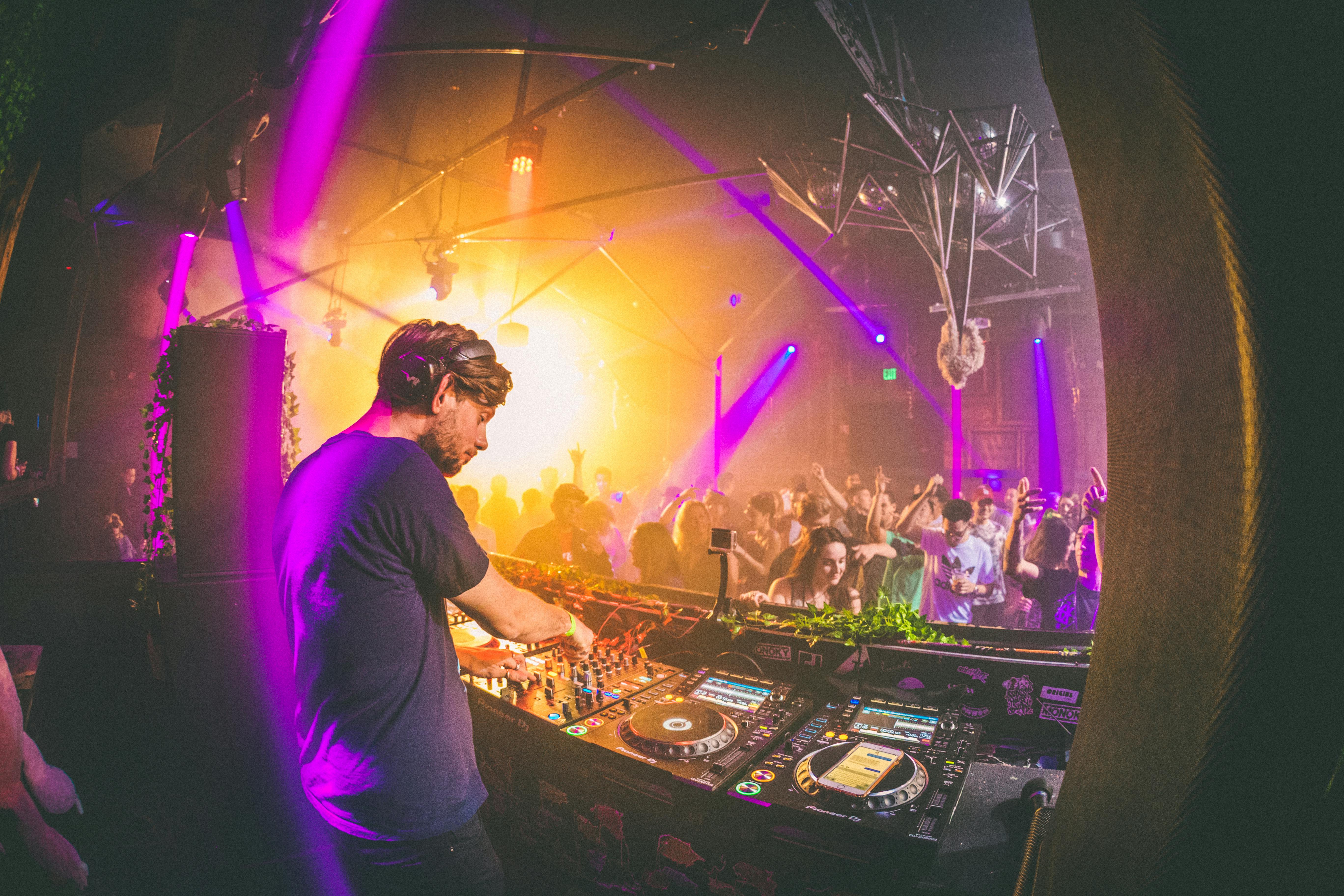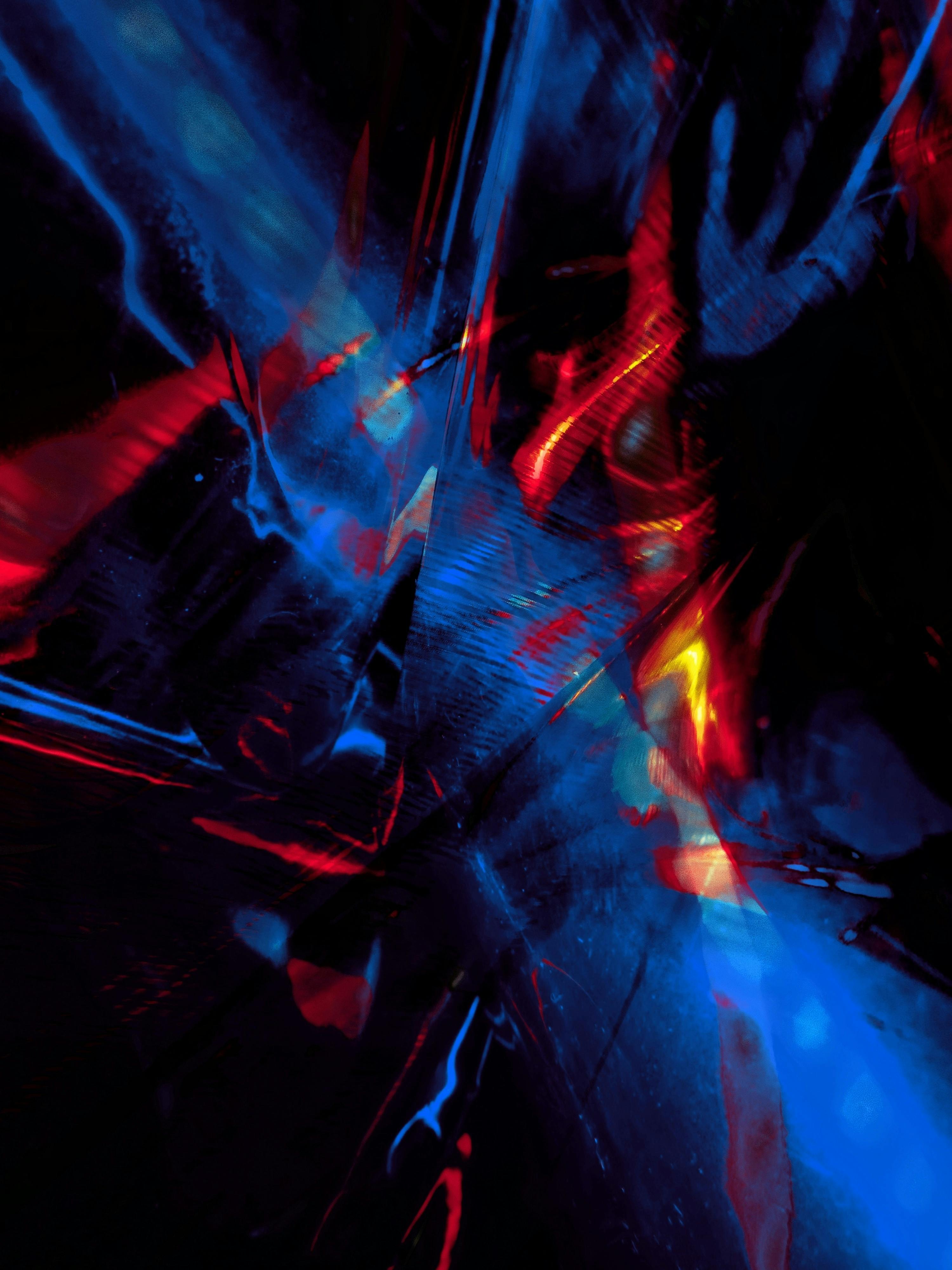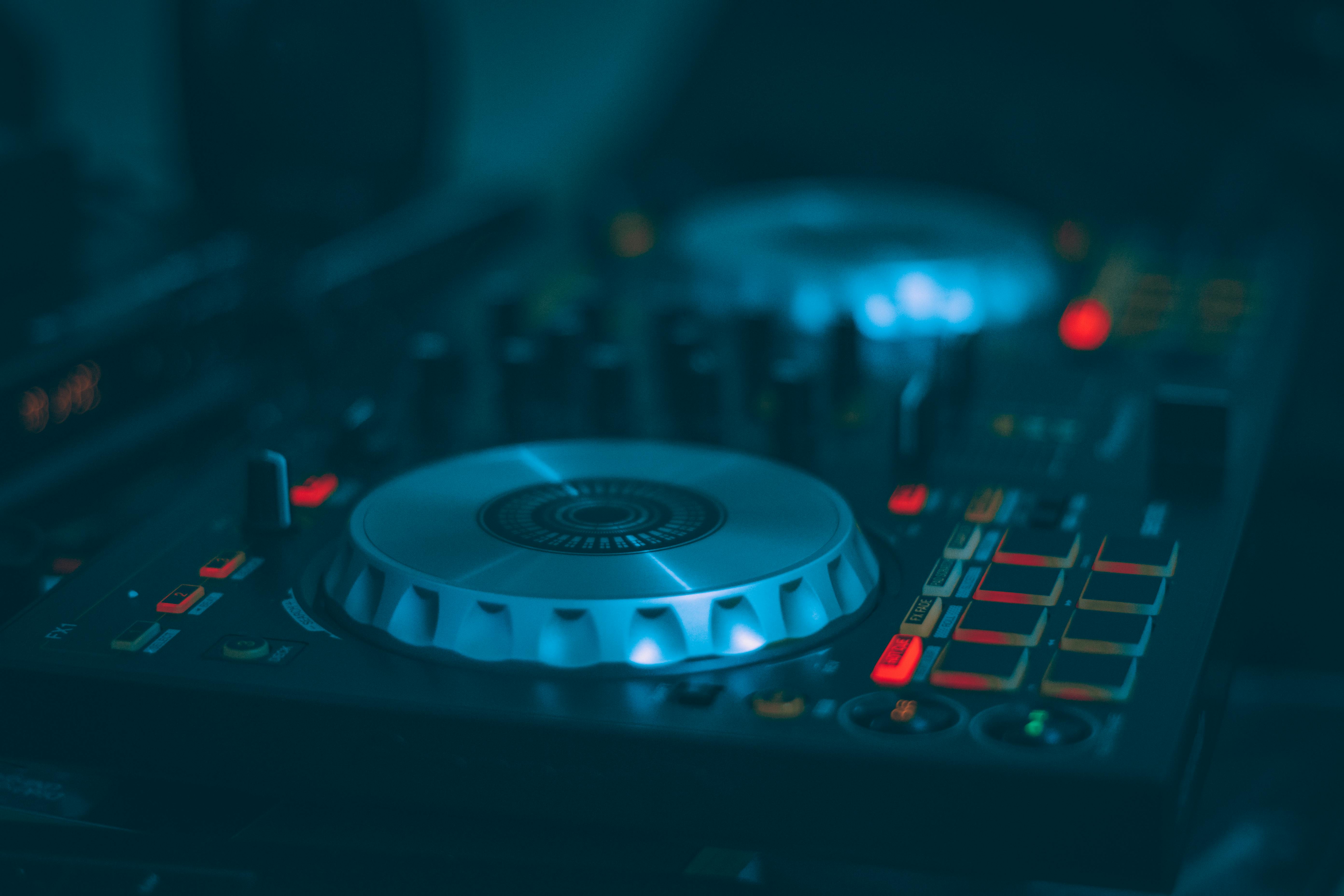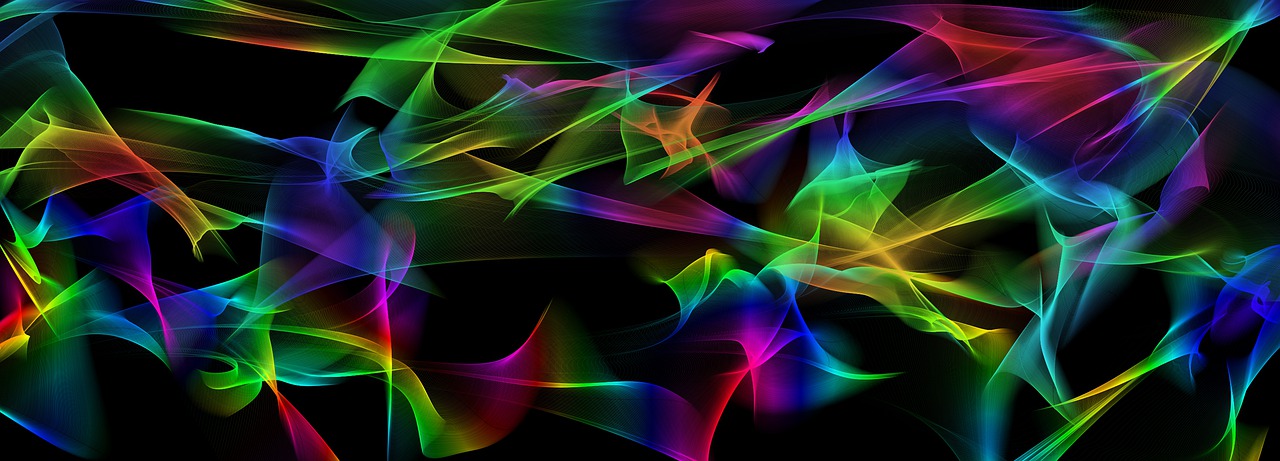Genres
What are the genres of EDM?
EDM encompasses a wide range of genres, with dozens of distinct styles within the broader category. Although each genre has its own unique characteristics, the boundaries between them can often be blurred, with songs sometimes fitting into multiple categories depending on the listener's perspective. Many artists blend different styles, making it challenging to clearly define what belongs to which genre. Within each primary genre, there are also numerous subgenres. While there are countless genres and subgenres within EDM, the main ones include ambient, house, dubstep, hardstyle, techno, drum and bass, and trance.
